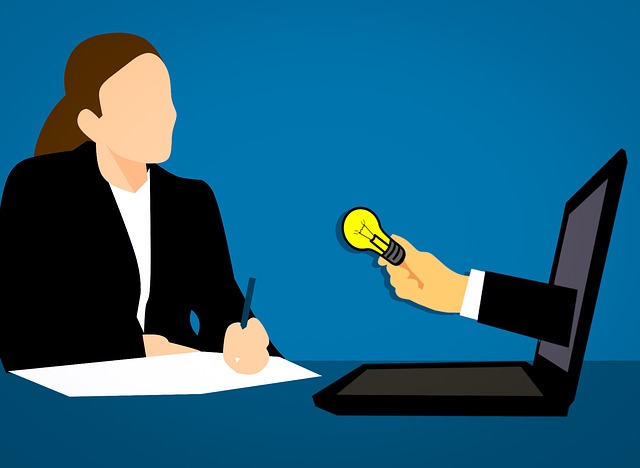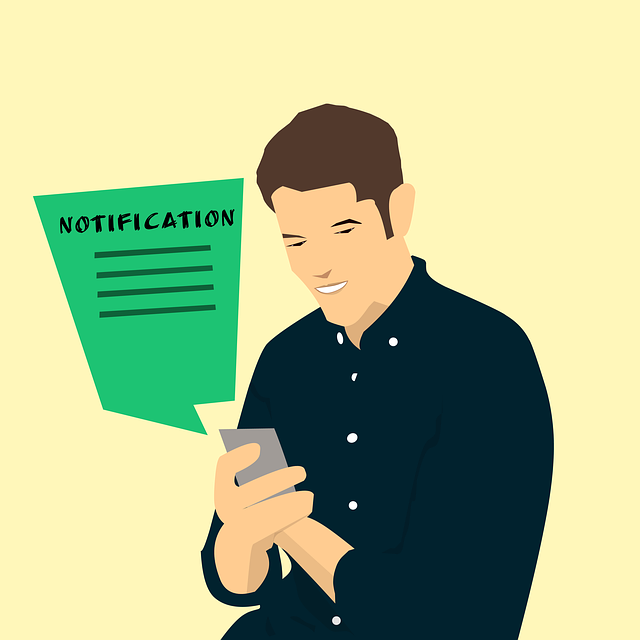Are your email campaigns falling flat, failing to generate the desired results? It’s time to inject some life into your marketing strategy with email personalization. Like a gentle touch that sparks a fire, personalization has the power to ignite your click-through rates and boost your return on investment (ROI).
In fact, studies have shown that personalized emails can deliver six times higher transaction rates compared to generic ones. It’s not just a matter of addressing your recipients by their first name; true personalization goes beyond that. By leveraging customer data, crafting tailored subject lines, and utilizing behavioral triggers, you can create emails that resonate with your audience on a deeper level.
Automation and testing will fine-tune your approach, ensuring maximum impact. Are you ready to unlock the potential of email personalization and take your campaigns to new heights? Get ready to witness a surge in engagement and conversions like never before.
Key Takeaways
- Email personalization can significantly increase click-through rates and ROI.
- Personalized emails can create a stronger connection with customers, improving their experience, satisfaction, and loyalty.
- Leveraging customer data and using tailored subject lines, behavioral triggers, automation, and dynamic content are key elements of effective email personalization.
- Collecting customer data through incentives and prioritizing data privacy is essential for successful personalization efforts.
Understanding the Importance of Email Personalization
Email personalization is not just a nice-to-have, it’s crucial for boosting click-through rates and ultimately increasing your return on investment. By tailoring your emails to each individual recipient, you can provide a more personalized experience that resonates with their specific needs and interests.
This level of personalization benefits your email marketing campaigns in several ways. Firstly, it helps to capture the attention of your audience and make them more likely to open your emails. Secondly, it improves the relevance of your content, increasing the chances of recipients clicking on your call-to-action. Lastly, it enhances the overall customer experience, leading to higher customer satisfaction and loyalty.
To achieve effective personalization, you can utilize techniques such as dynamic content, segmentation, and automated triggers based on customer behavior. Collecting and utilizing customer data is the next crucial step in achieving greater email personalization and improving your ROI.
Collecting and Utilizing Customer Data
Connect with your customers on a deeper level by gathering and harnessing valuable insights about their preferences and behavior.
Customer segmentation is key to personalizing your email campaigns. By categorizing your customers based on demographics, purchase history, and online behavior, you can create targeted content that resonates with their specific needs and interests. This approach increases the likelihood of click-through rates and ultimately boosts your ROI.
To collect the necessary data, consider offering incentives for customers to provide information about themselves. This could include surveys, quizzes, or exclusive offers. Ensure you prioritize data privacy and gain consent before collecting any personal information. Utilize email marketing software that allows you to track and analyze customer interactions to gain actionable insights.
Crafting personalized subject lines and email content is the next step in maximizing click-through rates.
Crafting Personalized Subject Lines and Email Content
By tailoring your subject lines and email content to match your customers’ preferences and interests, you can create a personalized and engaging experience that keeps them coming back for more.
Email personalization benefits include higher open rates, click-through rates, and ultimately, a higher return on investment (ROI). Personalized marketing strategies have been proven to increase click-through rates by 14% and conversions by 10%.
When crafting subject lines, use dynamic content such as their name or recent purchase to catch their attention. In the email body, segment your content based on their past behavior or preferences. Utilize data from previous interactions to suggest products or promotions tailored specifically to them.
By implementing these personalization techniques, you can create a more meaningful connection with your customers.
Transitioning into the next section about utilizing behavioral triggers and automation, you can further enhance your email campaigns by taking advantage of customer behavior to deliver targeted content.
Utilizing Behavioral Triggers and Automation
Harnessing the power of customer behavior enables you to create automated email campaigns that respond to their actions, delivering tailored content that captivates their attention and drives engagement.
By automating workflows and targeting specific segments, you can send personalized emails based on customer actions, such as making a purchase or abandoning a cart. These behavioral triggers allow you to send timely and relevant emails that resonate with your audience.
For example, if a customer adds items to their cart but doesn’t complete the purchase, you can automatically send them a reminder email with a personalized offer.
By utilizing behavioral triggers and automation, you can significantly increase click-through rates and ultimately improve your ROI.
Next, we will explore how testing and optimizing your personalization strategies can further enhance your email campaigns.
Testing and Optimizing Your Personalization Strategies
To truly optimize your personalization strategies, you need to embrace the art of experimentation. Constantly refining and improving your email campaigns is crucial to ensure they resonate with your target audience and drive the desired results.
A/B testing is a powerful tool that allows you to compare different variations of your emails to see which ones perform better. By testing different subject lines, email layouts, and calls to action, you can gather valuable insights into what resonates with your audience. This data-driven approach enables you to make informed decisions and optimize your campaigns.
Segmentation analysis is another key aspect of testing and optimizing your personalization strategies. By segmenting your audience based on demographics, behavior, or past interactions, you can tailor your emails to specific groups and deliver more relevant content.
Incorporating A/B testing and segmentation analysis into your email personalization efforts will help you uncover the most effective strategies for engaging your audience and driving higher click-through rates.
In the next section, we will explore how to measure the success of your personalization efforts.
Measuring the Success of Your Personalization Efforts
Now that you’ve tested and optimized your personalization strategies, it’s time to measure the success of your efforts.
Measuring effectiveness is crucial to determine whether your personalization tactics are driving results and achieving your goals. By tracking metrics such as click-through rates, conversion rates, and ROI, you can gain valuable insights into how well your personalized emails are performing. These metrics will provide you with concrete data that you can use to make informed decisions and further improve your personalization strategies.
Additionally, by analyzing these metrics, you can identify trends, patterns, and areas for improvement. Remember, measuring the success of your personalization efforts is not only important for your email marketing campaign but also for maximizing your ROI and ensuring your efforts are aligned with your overall business objectives.
Frequently Asked Questions
How can email personalization help improve customer engagement and click-through rates?
Email personalization can greatly improve customer engagement and click-through rates. By utilizing email segmentation, you can target specific groups of customers with personalized recommendations tailored to their preferences and interests.
This level of customization not only increases the relevance of your emails, but also enhances the overall customer experience. According to data, personalized emails have been shown to generate 6x higher transaction rates than non-personalized ones.
Don’t miss out on the opportunity to boost your ROI with effective email personalization.
What are some effective ways to collect customer data for email personalization?
To collect customer data for effective email personalization, there are several proven methods you can employ. Start by implementing online surveys or feedback forms on your website to gather valuable information directly from customers.
Utilize social media listening tools to monitor and analyze customer interactions and preferences.
Additionally, leverage data from customer purchase history and website behavior.
These data-driven personalization tactics will enable you to create more targeted and engaging email campaigns, resulting in higher click-through rates and improved ROI.
Are there any best practices for crafting personalized subject lines and email content?
Crafting subject lines and email content requires implementing best practices and strategies for personalization. To increase click-through rates and ROI, it’s important to keep your subject lines concise, compelling, and personalized.
Use data-driven insights to tailor your content to each recipient’s preferences and interests. Experiment with personalization techniques such as dynamic content and segmentation to deliver highly relevant emails.
By following these practices, you can improve engagement and drive better results for your email campaigns.
Can you provide examples of behavioral triggers that can be used in email personalization?
To increase engagement and achieve higher ROI, it’s essential to utilize behavioral triggers in email personalization.
Examples of these triggers include analyzing customers’ purchase history to recommend relevant products and sending reminders for abandoned cart activity.
By leveraging these behavioral cues, you can create targeted, personalized emails that resonate with your audience’s specific interests and needs.
This not only grabs attention but also increases click-through rates, ultimately driving more conversions and maximizing your return on investment.
What metrics should be considered when measuring the success of email personalization efforts?
When measuring the success of email personalization, there are key metrics you should consider. These include click-through rates, conversion rates, open rates, and unsubscribe rates.
By analyzing these metrics, you can determine the effectiveness of your email personalization efforts. Higher click-through rates indicate that your personalized content resonates with recipients, leading to increased engagement and potentially higher ROI.
By focusing on these key metrics, you can optimize your email personalization strategy for better results.
Conclusion
Congratulations on completing this article on email personalization! By understanding the importance of personalization and utilizing customer data, you can increase click-through rates and ultimately achieve a higher ROI.
Craft personalized subject lines and email content that resonate with your audience, and take advantage of behavioral triggers and automation to enhance the customer experience.
Don’t forget to test and optimize your strategies to ensure maximum effectiveness. Remember, "personalization is the key to unlocking customer engagement and driving business success."
So, start personalizing those emails and watch your success soar!








